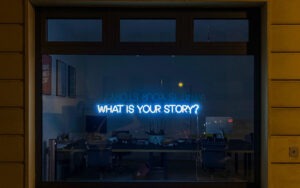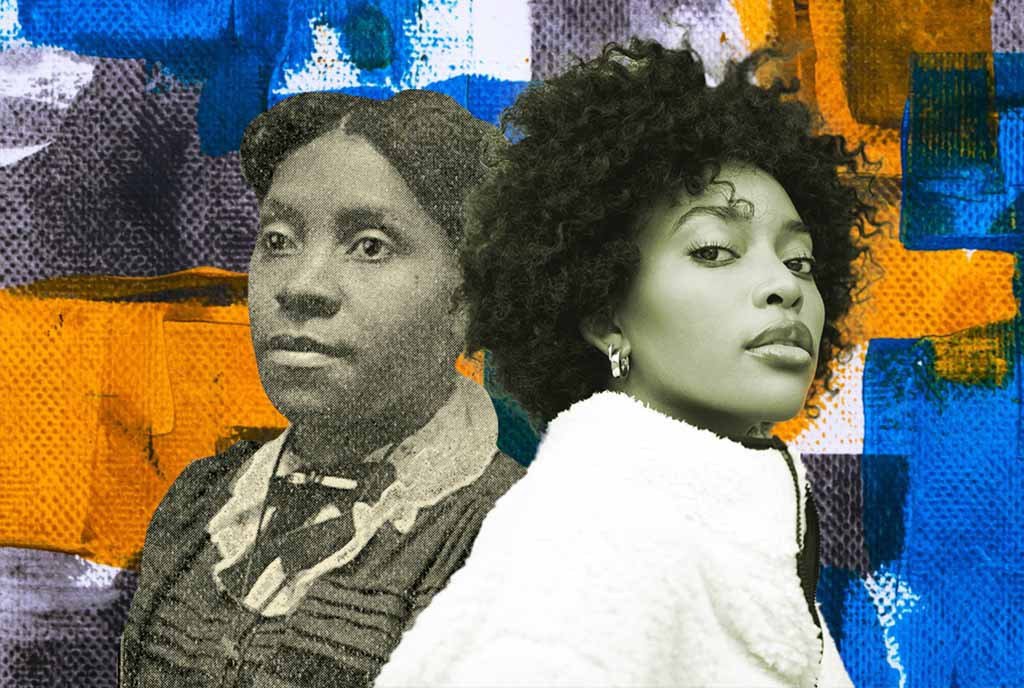
This article was first published online on May 30, 2018, and was updated for the summer 2020 edition of the Nonprofit Quarterly.
As daily scenes of Black and Brown people navigating white space unsuccessfully are captured in video and offered on social media newsfeeds, with the concomitant dominant narrative and counternarrative that is the comments section, the concept of “white space” crosses over from Black space into the public conversation about race in the US.
As stewards of public space, it is important for the nonprofit sector to understand this narrative, the way concepts of white space play out in our sector, and the role it plays in the narrative itself. It is worth highlighting that the concept of nonprofits as white space is not new to people of color in the sector.
In “The White Space,” Yale Sociology professor Elijah Anderson defines both white space and Black space. He writes, “For black people in particular, white spaces vary in kind, but their most visible and distinctive feature is their overwhelming presence of white people and their absence of black people.” Further, white spaces have an “implicit racial order—whites as dominant and blacks as subordinate.” In white spaces, Black people can only gain “provisional acceptance from the immediate audience.” In other words, Black people in white spaces repeatedly encounter the challenge to “pass inspection.” White people in white spaces wield enormous and outsized power.
For Anderson, Black space in the US is both the physical ghetto, Black dominant spaces that whites endeavor to avoid, and the iconic ghetto, “a highly negative icon…serving increasingly as a touchstone for prejudice, a profound source of stereotypes, and a rationalization for discrimination against black people in general.”
Further, as Jelani Cobb writes in the New Yorker article “Starbucks and the Issue of White Space,” the US now has “a Presidency that strives to make the United States itself feel like a white space.” The effect of this is that the generalized anxiety that people of color contend with in white space as part of their existence is now also becoming the norm for white people, albeit from a very different vector. A recent opinion piece in the New York Times by Mavis Biss, associate professor of philosophy at Loyola University, captures what may be a growing sentiment among white people when she writes, “When I observe my own everyday life in the wake of mass shootings, bombings, and vehicle attacks, I find that basic element of trust absent.”
Biss connects the loss of public trust, the sense of feeling safe from danger in public, with a shift in how people respond to difference. When “the public” is asked to keep an eye out for and report suspicious behavior, it triggers a fear frame for difference. She writes,
Where the strange registers as dangerous and the feeling of being threatened sanctions pre-emptive action, public spaces become untrustworthy environments for those who are even slightly unconventional (or insufficiently white). Largely futile, conformity-enforcing vigilance undoes public space as a place for free exchange, for encounter with difference and for adventure.
Sign up for our free newsletters
Subscribe to NPQ's newsletters to have our top stories delivered directly to your inbox.
By signing up, you agree to our privacy policy and terms of use, and to receive messages from NPQ and our partners.
While attempting to name the role of race in this “growing lack of public trust,” Biss demonstrates how pervasive race really is as an ordering of knowledge and experience and contributes to what postcolonial theorist Gayatri Spivak long ago labeled “epistemological violence,” the infliction of harm through discourse. Her article does this in two ways. First, as Cobb writes in the New Yorker article, people of color never really felt this basic element of trust in public space, which in the US is really white space. With this apparently supportive assertion, Biss actually erases the other, Black, side of the experience.
Second, Biss appears to be writing for a white audience who, like her, may be feeling less safe. She is not writing for people of color, who appear in the article as objects to be defended, not as subjects whose experience can actually be part of the public “we.” With this discursive move, she re-marginalizes the people she points out as marginal.
This leads Biss to call on the regulation of guns and point to the need to encourage political cooperation through a focus on building trust, which though necessary, still leave the underlying social structure of segregation that prevent trust building in place. Never mind addressing power. It’s akin to using a white space approach to white space. As assiduously as these exclusionary spaces are carved out by whites, they are just as quickly sanitized, made innocent of power goals, reinforcing the notion of white people enacting racism as innocent citizen subjects.
This is how implicit bias becomes the preferred frame for dealing with racism, as Cobb notes, “Implicit bias disassociates racism from overt villainy and, as a consequence, engenders less defensiveness in the dialogue.” However, both the concept and practice of implicit bias nourish “villainy.” They are both part of the same continuum, the set of strategies for managing race and racial conflict from a white dominant perspective. In system thinking language, this would be akin to solving the problem at the same level at which it was created, which, as we know, does not bring systems change, but in fact reinforces the system while appearing, to the white person, to be making change. It is like the narrative loops so pointedly portrayed in the HBO show Westworld, a world created by white scientists-business moguls that allows white visitors to dominate their hosts without consequences.
Now more than ever, as the US dredges up submerged racial dominance narratives, with an attendant shift from implicit bias to explicit violence, it is critical for the nonprofit sector, which is caught in its own narrative loop around racial inequity, to look squarely at these underlying master narratives of white space and Black space.
We can begin by asking, “How do white leaders in the nonprofit sector use white space approaches to addressing public space as white space?” Biss’s revealing intervention belies how core it is to our sector’s approaches, including those designed to address racial inequities. It is in the very framing of racial equity work, which itself is contested—diversity, equity, and inclusion (which has gained approval in the sector’s own white space) versus racial justice, including reparations (the preferred approach of people of color). It shows up in who leads even in the design of racial equity change processes (usually it’s the white leaders who have “inadvertently” designed their own organizations as white space). It is in the capturing of our work and sharing out into the world with a white frame for an audience imagined as predominantly white (mostly white funders and donors).
We can follow this initial questioning by tapping into the counternarratives of people of color, which are subordinate in white space but very much alive in Black space. This is fertile ground for nondominant approaches to the problem of white domination.













